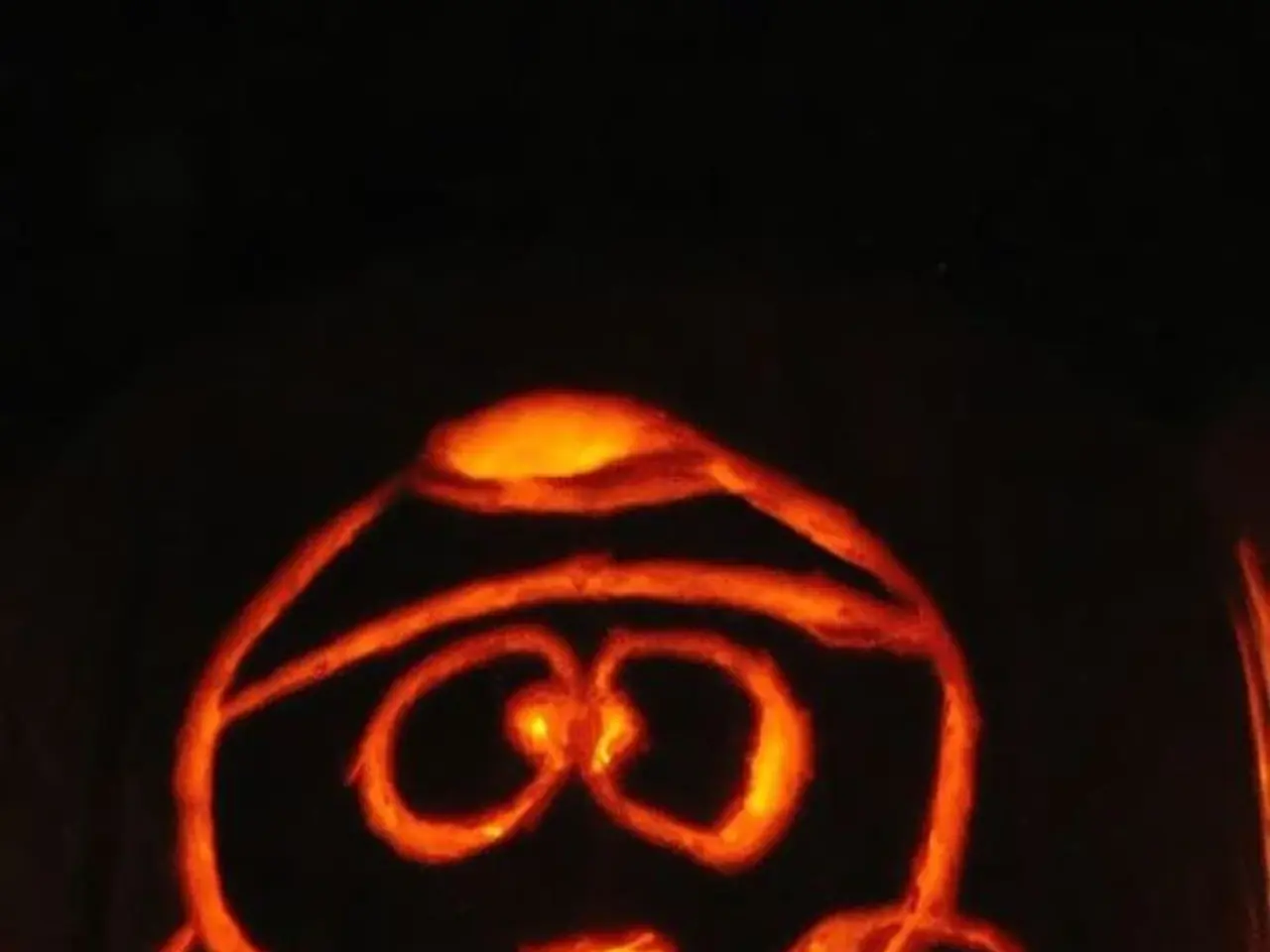Winter Mood Booster: Illuminate your cold season with SAD Light therapy
In the battle against Seasonal Affective Disorder (SAD), a condition that causes low moods during fall and winter, bright light therapy has emerged as a simple, safe, and effective intervention. This treatment, which involves exposure to artificial light, mimics the natural daylight that is often lacking during the colder months.
The exact mechanism of how light therapy works is still a subject of ongoing research. However, it is believed that light therapy influences the internal body clock in the brain, which regulates the sleep/wake cycle and production of brain chemicals. One of these chemicals, serotonin, a feel-good brain chemical that regulates mood, is particularly affected by light.
In fall and winter, serotonin is available for a short time in the brain, contributing to low mood. Conversely, in summer months and through light therapy use, serotonin is available for longer to perform its function. This increase in serotonin levels can help improve mood and alleviate SAD symptoms.
The recommended setup for SAD light therapy generally involves the use of bright white light, typically a light box emitting between 2,500 and 10,000 lux. The treatment duration is usually 30 to 60 minutes daily, preferably in the morning shortly after waking, to effectively regulate circadian rhythms and improve mood symptoms.
Key points for effective light therapy include light intensity, distance, timing, duration, and consistency. Commonly, 10,000 lux is used for about 30 minutes, but lower intensities like 2,500 lux may require longer exposure times. The light box should be positioned approximately 16 to 24 inches from the face, not looking directly into the light but allowing light exposure to the eyes. Morning sessions are recommended to mimic natural daylight onset, which helps reset the hypothalamus and circadian rhythms. Improvement is typically observed within 1 to 4 weeks of consistent daily use. Daily, regular use is crucial for benefit; sporadic use will not provide significant relief.
While white light therapy is the most effective and widely supported therapy for SAD, other wavelengths like blue and green light have shown some benefit but are generally less effective. Red light therapy is being studied for mental health but has less conclusive evidence for SAD specifically.
It is essential to consult a healthcare provider before starting light therapy to ensure appropriateness and safety. This protocol aligns with standards from the American Academy of Family Physicians and other expert guidelines.
A SAD light box is a portable lamp that provides a specific wavelength of light effective for SAD symptoms. These light boxes or SAD lamps are non-prescription and economical, and come in different intensity of illuminance (measured in lux). Light therapy is safe and free of food/medication contraindications, but may cause mild side effects like headaches and eye strain.
Regular exercise and Cognitive Behavioural Therapy (CBT) therapy have shown benefits in managing SAD symptoms. Bright light therapy, when used in conjunction with these methods, can provide even more significant relief.
The National Health Service (NHS) and the American Psychiatric Association (APA) recommend bright light therapy as a treatment for SAD. Clinical studies have shown benefits, with some studies reducing depressive scores significantly.
In summary, effective SAD light therapy involves using a fluorescent light box with diffusion screen, keeping it 12-24 inches from the user, angling it at 30 degrees, and using it for morning exposure for 30 minutes at 10,000 lux or 1-2 hours at 2,500 lux for 4 weeks. It is a simple, safe, and effective solution for those struggling with SAD, offering hope and relief during the darker months.
- Science continues to explore the intricacies of workplace-wellness, often incorporating medical conditions like chronic diseases, cancer, and respiratory conditions.
- Digestive-health, eye-health, and hearing are crucial aspects of overall health-and-wellness, and can be impacted by various factors, including nutrition and environmental-science.
- In the realm of mental-health, the link between SAD and climate-change has sparked research, as the shorter days and decreased sunlight during winter potentially exacerbate SAD symptoms.
- For men and women dealing with men's-health or women's-health issues, cbd has gained interest as a potential treatment for neurological-disorders and skin-conditions.
- As part of health-and-wellness, fitness-and-exercise plays a crucial role in promoting cardiovascular-health, aging gracefully, and maintaining skin-care.
- Parenting requires a daily balance of addressing mental-health needs, managing chronic diseases, and providing sound nutritional advice for the entire family.
- Therapies-and-treatments have evolved to cater to various health challenges, such as autoimmune-disorders, respiratory-conditions, and even skin-conditions.
- In addition to bright light therapy, traditional methods like regular exercise and Cognitive Behavioral Therapy (CBT) are effective in alleviating SAD symptoms.
- The American Academy of Family Physicians recommends consulting a healthcare provider before starting light therapy to ensure its appropriateness and safety.
- It's important to acknowledge that SAD light therapy is not restricted to prescriptive treatments; affordable, non-prescription SAD light boxes, or SAD lamps, can produce similar benefits.
- In line with guidelines from the National Health Service (NHS) and the American Psychiatric Association (APA), light therapy has been proven beneficial in treating SAD, with clinical studies demonstrating significant reductions in depressive scores.
- While light therapy has proven success with SAD, ongoing research is focusing on exploring its potential benefits for other medical conditions and health concerns, such as autoimmune-disorders, environmental-science, and mental-health issues.
- Offering hope and relief during the darker months, effective SAD light therapy, when combined with exercise and CBT, can transform the lives of those battling Seasonal Affective Disorder (SAD).




